Find the right bulk handling equipment for your needs with our extensive guide.
Find manufacturers of bulk material handling equipment (A – Z)
 Hanover
Hanover Olathe
Olathe München
MünchenGet the extensive coverage for dry material handling professionals who buy, maintain, manage or operate equipment, delivered to your inbox (it’s free!).
By signing up for our list, you agree to our Terms & Conditions. We deliver two E-Newsletters every week, the Weekly E-Update (delivered every Tuesday) with general updates from the industry, and one Market Focus / E-Product Newsletter (delivered every Thursday) that is focused on a particular market or technology.








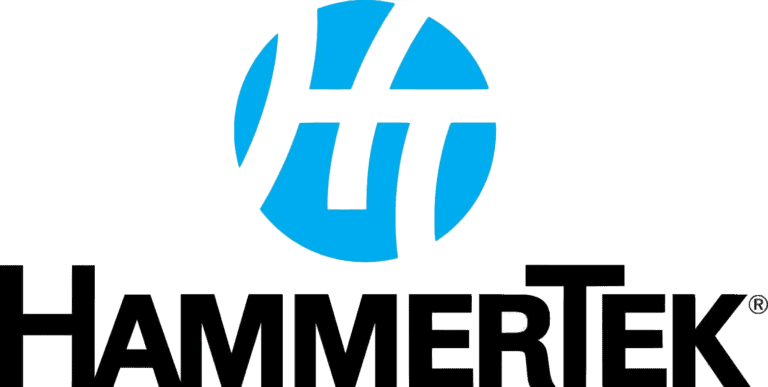
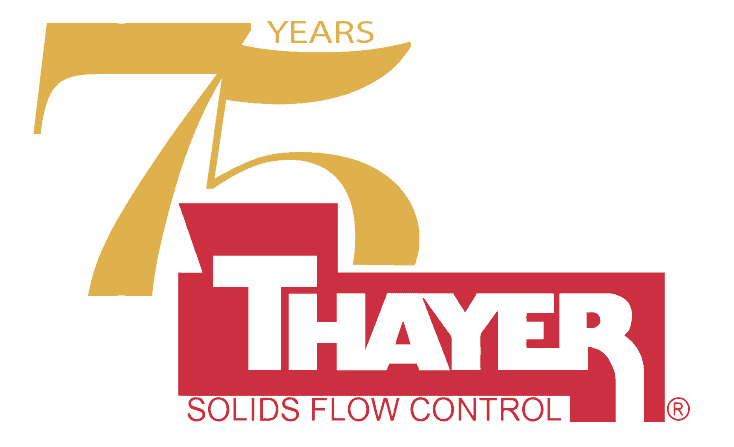

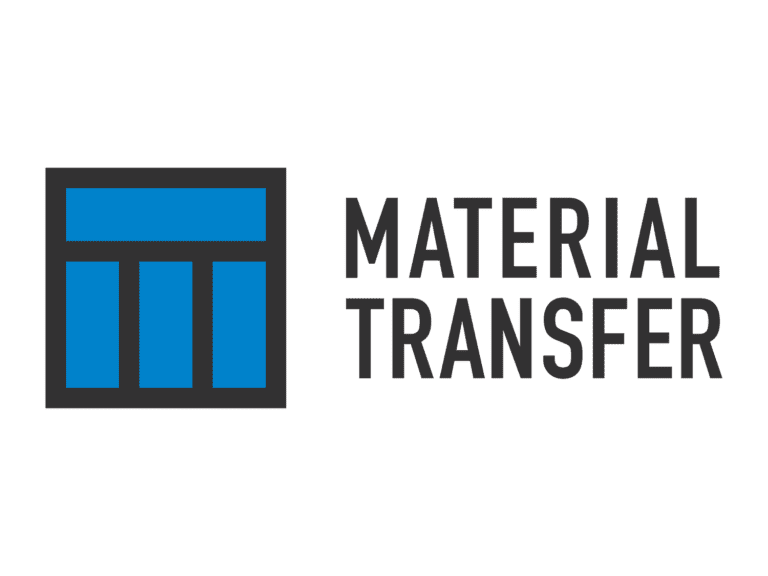

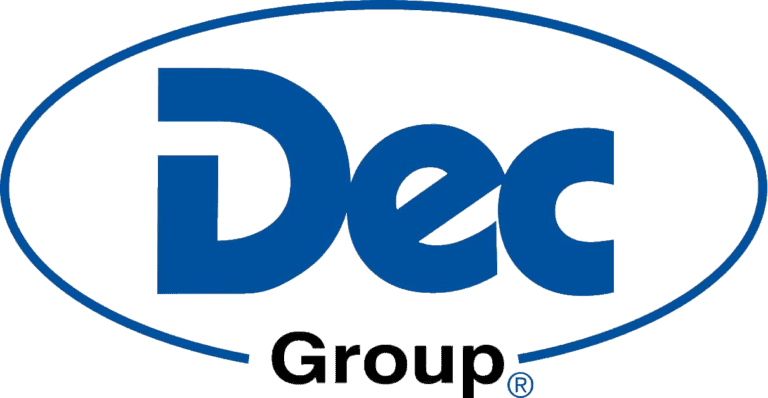






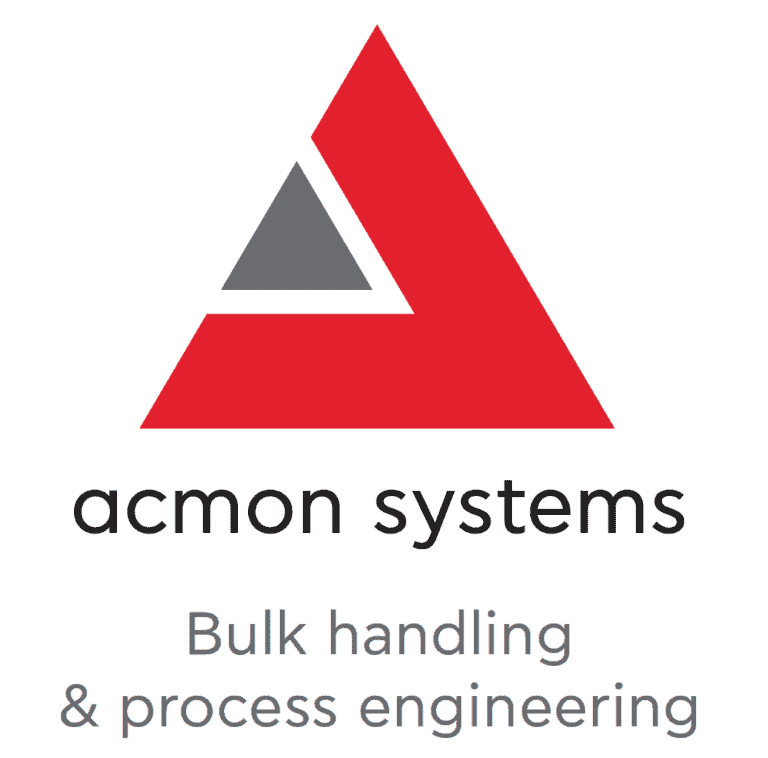
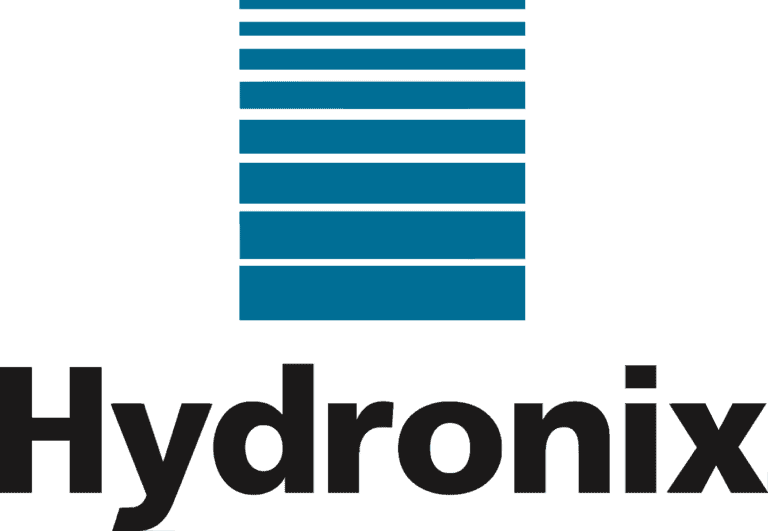







Since 2010, we have been providing industrial professionals with the latest innovations, case studies, and the most comprehensive equipment guide in solids handling, in a variety of markets.
A
website
 Hanover
Hanover Olathe
Olathe München
München© BulkInside 2024